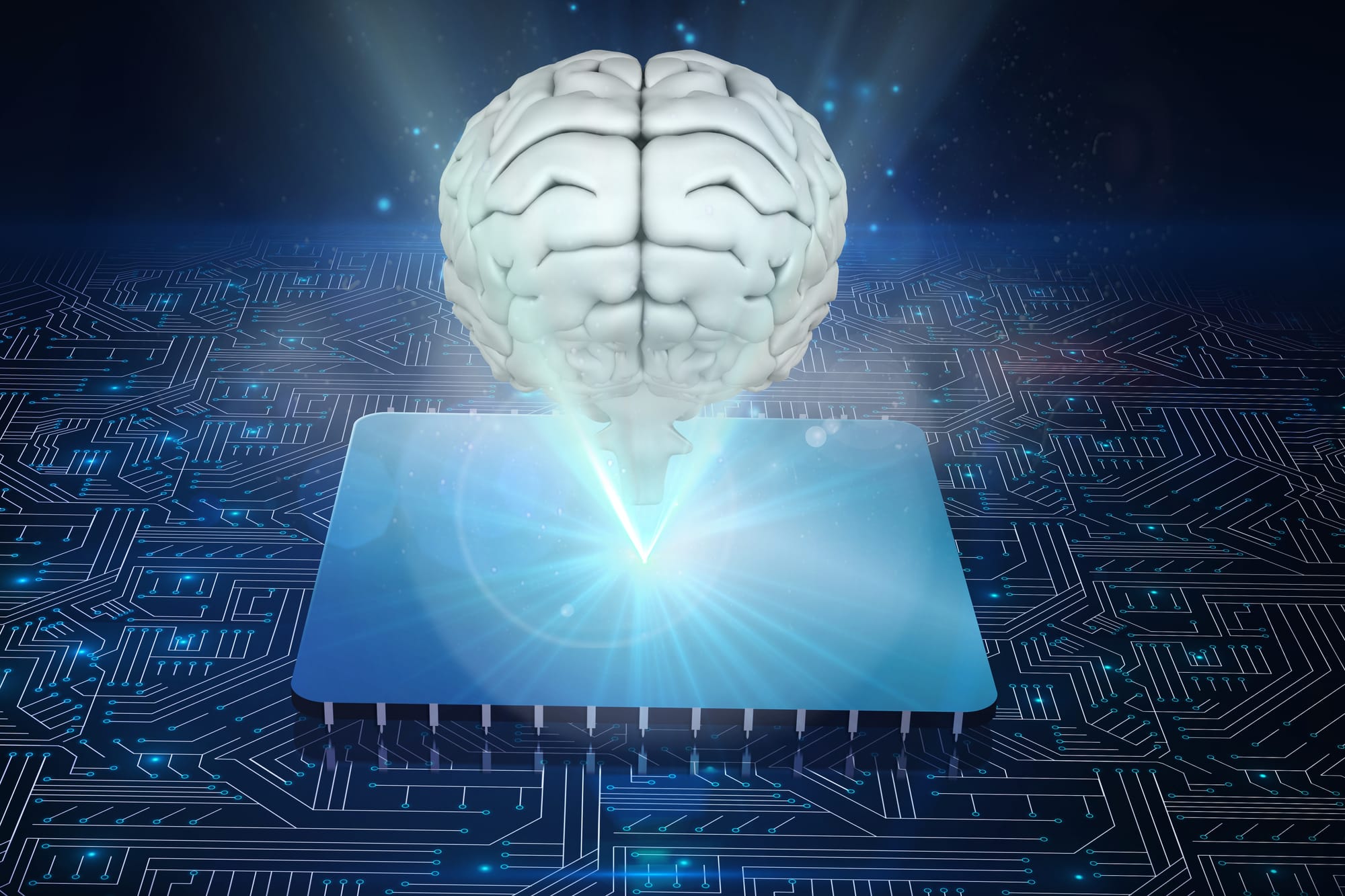An educational and computer science team is taking artificial intelligence (AI) beyond Siri

Northern Illinois University and Argonne National Laboratory collaborated to host a camp introducing students to artificial intelligence.
It will not be long before AI competency becomes a required skill for the workforce. Researchers are considering how middle school and high school students might be introduced to artificial intelligence through a foundational introduction.
Data-intensive scientific discovery is being revolutionized by the rise of artificial intelligence (AI) and machine learning, a branch of AI that uses algorithms and data to mimic the way humans learn.
The concept of data-intensive science describes a modern, exploration-based style of science that combines advanced computing capabilities with sophisticated software tools for the manipulation and exploration of large data sets. Increasingly complex problems can now be solved using new and better machine learning techniques.
A deputy associate laboratory director and director of the supercomputing facility at the U.S. Department of Energy's (DOE) Argonne National Laboratory, as well as a computer science professor at the University of Illinois Chicago (UIC). As a result of new techniques and hardware, we have seen significant advances in many areas of artificial intelligence.
Over two years ago, Papka began meeting with a group of STEM educators and computer scientists to address the skills gap in the AI workforce. They started brainstorming about how they could introduce AI concepts to tomorrow's generation of researchers through the use of a new tool, or perhaps a teaching module.
Scientists and educators from Argonne and Northern Illinois University (NIU) and University of Illinois at Chicago (UIC) made up the team. They were interested in exploring two areas where future workers will be needed: AI software developers and data science domain experts.Several meetings were held over a period of several months by the group with experts in AI domains, early career scientists who use AI systems in their research, and graduate students who work on data science tools.

The Argonne Leadership Computing Facility's (ALCF) AI Testbed contains a growing collection of AI hardware that is still in the experimental phase. Even so, AI techniques such as machine learning, which analyzes input data and learns from it, and deep learning, which uses a complex structure of algorithms modeled after the human brain to learn and make decisions, are beginning to aid in significant scientific breakthroughs. In medical research, these methods have been applied to predict 3D structures of proteins, in addition to performing rote but vital tasks such as identifying the best candidate materials for solar energy harvesting. Located in the DOE Office of Science, the ALCF is a DOE user facility.
As a result of these developments, AI competency will become an essential skill for the workforce. Meridith Bruozas, institution partnership director at Argonne and member of the AI collaboration team helping to develop the curriculum, stated that finding ways to integrate AI methodology into scientific problems is the first step toward finding a means of bridging the gap. Our mission is to cultivate AI skills in the future workforce in our capacity as a premier research organization."
Data-driven and research-based experiences began to take shape as ideas began to emerge. Using large data sets, modeling real-world scientific practices, and introducing the AI-based methods data scientists use to gain insight into a question of interest would provide students with access to large data sets.
What is the first lesson?
It is no longer uncommon for research organizations to incorporate powerful artificial intelligence resources and techniques in order to drive new discoveries. It is important to note that not all AI systems and techniques, such as machine learning, require high levels of power in order to contribute significantly to society. AI-powered systems are devices or computer systems that use complex data sets to perform human intelligence tasks. People often use AI models without understanding how they work as a result of the opaque nature of such systems. It is still a new and active area of research to understand how to adjust models to provide useful results. Linking the technical aspects of artificial intelligence to its potential to solve big problems in a way that piqued the interest of students was a challenge for the team.
Prior to moving onto solving problems, it was beneficial to gain an understanding of how machines can be used to simulate human intelligence processes. This included simulating data sets, establishing confidence in results, and creating training data sets that are free from the risks and shortcomings associated with artificial intelligence-based approaches.
John Domyancich, the lead of Argonne Learning Center, explained: "I think we quickly seized the opportunity to address AI concepts from a data science perspective with your expectations of zero programming experience." The objective of these activities is to encourage students to think about what questions can be answered with data, and how it can be used to determine what additional information they might need in order to reach a confident answer.

One of the challenges that the team faced was a matter of scale: What type and amount of data would be needed to produce useful results? What questions would students seek to answer and how would they frame them?
Labeling birdsongs and identifying polluted rivers are just a few examples
As part of the Upward Bound program of NIU, the team conducted a month-long summer pilot program with high school students recruited through July 2021. Student groups analyzed AI-generated data sets using some of the same tools that scientists use to train machine learning models in Jupyter Notebooks after being introduced to broader concepts of AI and machine learning.
Data from Spotify was used to identify music genres, then models were developed to catalog and recognize bird songs. According to Brenda Lopez Silva, one of the science educators who assisted with the pilot summer camp, students were asked to consider how a human might approach a given task, and then how a computer might approach the same task. It turns out that the computer basically learns what a person teaches it. That prompted some interesting discussion about how ethics might play a role in artificial intelligence today and in the future."
After reshaping the camp in 2022, the activities utilized sensor-collected data about the Northern Illinois environment to enhance the camp's effectiveness. Computer vision was explored by students with the goal of optimizing street crossings. In another task, images of a river were sorted and ranked in an attempt to determine the extent of pollution. Using a different approach this time, the instructors attempted to demonstrate how scientists make discoveries by using machine learning instead of pen and paper.
The river health activity required students to structure the data available to them (images) and to build a decision tree based on those inputs in order to verify their assumptions about the river. However, it was discovered that the data was insufficient to answer the question. According to Kristin Brynteson, director of NIU's STEAM program (science, technology, engineering, arts and mathematics), who led the AI camp sessions, the task required advanced level thinking. In order for the students to challenge the data and how it is labeled, they needed to look beyond the camera.
"In theory, an AI system could infer river health from camera images, but this would require a substantial amount of data," said Nicola Ferrier, an Argonne senior computer scientist and AI domain expert. This exercise was an excellent first step towards introducing the concept of pattern detection across features.
After completing a data-sorting and weighting activity by hand, the students were better able to comprehend the algorithm and how a computer would perform the same function. As Papka stated, the students gained valuable experience by reasoning through the information processing tasks rather than simply relying on someone else's algorithm.
Despite the fact that there is a lot to be done, the team has laid out a framework for a classroom-useable approach to teaching AI principles, which incorporates technologies that can serve as tools for data collection and analysis. It is anticipated that there will be two primary contenders: sensor nodes, either specially designed to collect student-driven investigations or a data portal linked to a sensor network that has already been deployed.
Bruozas expressed his excitement to be actively exploring something that could provide a gateway into science and AI for students. An application that allows students to access and analyze data on demand and apply it to a problem.
Src: Argonne National Laboratory



Comments ()